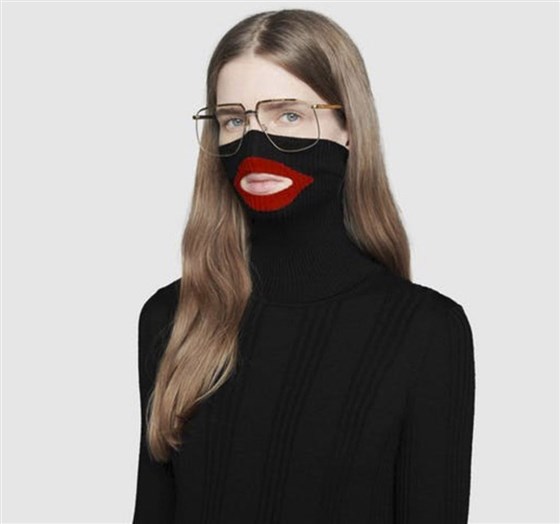Gucci is so late in the game for diversity issues. They announced that they are going to implement diversity and inclusion initiatives from now on, only after their controversial turtleneck balaclava design became viral during this past Black History Month. However, the fact that they were late may not be surprising because Gucci is not an American company.

I really wonder what was on the designer’s mind when they designed that turtle neck. There’s a possibility that this designer in Europe wasn’t even thinking about Black people when they designed it.
This same thing could have happened to some designers in Asia. And if they only do business locally, we in the U.S. would never even find out about it. Moreover, they may not even understand what’s wrong with their designs, and why cultural appropriation is so important. They may feel that way even when their own culture is misrepresented by non-Asians.
For example, Japanese people in Japan tend to not get offended when Japan is misrepresented in arts or designs while Asian Americans, not only Japanese Americans, get furious about it. That’s because Japanese people in Japan have never been discriminated against because of their racial background.
Do you remember the time when Katy Perry wore that Geisha-like costume at the American Music Awards in 2013, or Avil Lavigne’s “Hello Kitty” video from 2014? How about the whitewashing issues such as Ghost in the Shell‘s heroine in 2017 and pale-faced Naomi Osaka in Nissin’s CM last month? It’s always the American people of color who get offended. The majority of Japanese people in Japan didn’t think any of these were inappropriate. They don’t see what’s misrepresented about their race.

The importance of cultural appropriation might be something difficult to fully understand unless you have been a victim of racial discrimination yourself. I only gave Japan as an example, but I suppose many other countries in Asia and Europe are the same way.
Nevertheless, even those who have never been discriminated can at least learn on the surface level what’s appropriate and what’s not. Even if they don’t understand WHY they shouldn’t do it, they can still educate themselves with WHAT not to do. It’s not difficult to be book smart about it. People can stop offending others immediately, and they can learn the “why” part slowly at their own pace.
If companies are looking to do business in America, they should keep in mind America’s history of racial issues. It’s something that everyone must study before expanding their business globally, especially to America.
“Cultural Appropriation” should be a required subject in all fashion and visual arts schools, but sadly, that’s not even the case yet in New York City.
